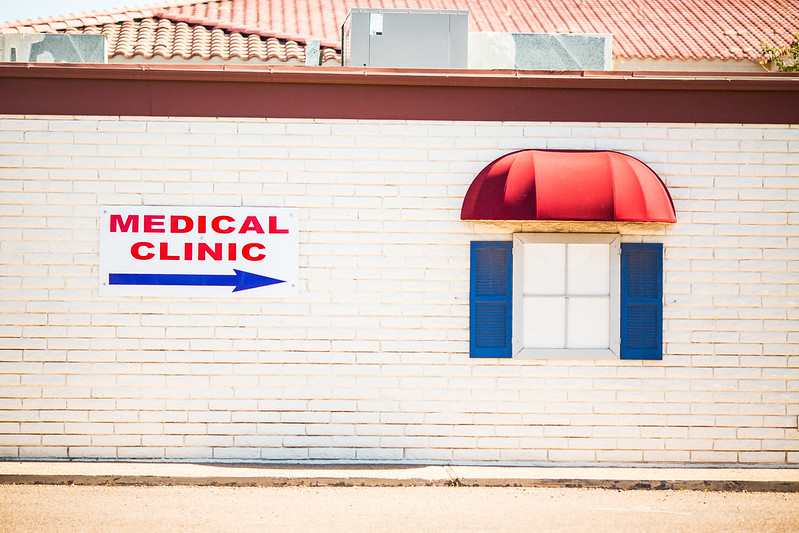I have learned that patients seek health care services at free clinics for a myriad of reasons and some are atypical. There were specific populations I expected to see: the uninsured, underinsured, undocumented, and those without access to transportation. Yet there were other populations I was more surprised to see, namely patients who had insurance but preferred their experiences at free clinics.
One such example is a married couple, Tony and Diane, who work closely with the church where our clinic is held. They both have good insurance, yet they chose to seek care at our free clinic because they felt their visits with primary care providers (PCPs) were being rushed. Tony and Diane each had complicated medical histories with long lists of daily medications. Unsurprisingly, they shared a common concern that they were being asked to take their medications without really understanding why they were prescribed.
For decades, we have known that a decreased patient encounter time negatively impacts patient and physician satisfaction as well as disease outcomes. Still, appointments are getting shorter and shorter, especially in metropolitan areas like the Inland Empire of California where there are severe physician shortages. This is particularly detrimental for complex patients who have a lot of ground to cover in a 15-minute appointment.
In many of these complex cases, information from a patient’s social history holds the key to a successful, holistic care plan. While medical students may be able to spend an hour with each free clinic patient, attention to detail regarding a patient’s social history often drops off after their preclinical years. In many cases, it becomes abbreviated to three questions: 1) how many alcoholic beverages do you consume per week; 2) do you smoke, vape, or use tobacco products; 3) do you use any recreational drugs? While we are certainly taught to ask these three questions early on in our medical education, we are also taught that they make up only a small portion of a thorough social history. Topics such as work history, home environment, recent stressors, diet, and exercise are all vital to understanding our patients and appropriately managing their health.
In my experience, patients at free clinics really enjoy the amount of time medical students are able to spend with them. They walk away from encounters feeling cared for and more in control of their health because there was time for patient education. By taking thorough social histories we are able to treat patients above and beyond managing their symptoms.
For this reason, there are patients who greatly mistrust the medical system but are willing to accept care from free clinics. Several months ago, a pastor from a nearby church came into our clinic and asked us to visit one of his church patrons, Mary, who had been living in a dilapidated van in the parking lot of his church for the past six months. The pastor told us that Mary had stepped on something a few weeks back and her foot was not healing well. Mary trusted her pastor enough to allow him to take a look at her foot and he reported that one of her toes was dark and shriveled “like a raisin.” Yet for some reason, Mary was unwilling to seek medical care and was even hesitant at first to show us her foot.
Because we were able to speak with her in-depth about her social situation, we eventually learned that Mary’s hesitance stemmed from a fear that her van would be repossessed — her entire life’s belongings lost. She revealed to us that a pastor at a different church she was living at had called an ambulance for her in the past and, at that time, she came close to losing everything. As our visits with Mary progressed over the next several weeks, she eventually accepted wound care but continued to refuse a hospital referral. As a free clinic, we had the unique ability to meet Mary on her own turf in the comfort of her van. We were able to provide basic care and education and set her up with local resources, hopefully enabling her to get the full medical care she needs in the future.
So what brings patients to free clinics? There is no all-encompassing answer to this question. Many of our patients are members of the exact populations I would expect to see. Others find unique value in the care we provide or come on behalf of someone they deem in need. But Tony, Diane, Mary, and countless other free-clinic patients all have one thing in common: they benefit from increased provider interaction and persistence that is often unavailable in traditional health care settings.
Image credit: "Medical Clinic" (CC BY-NC 2.0) by Thomas Hawk

